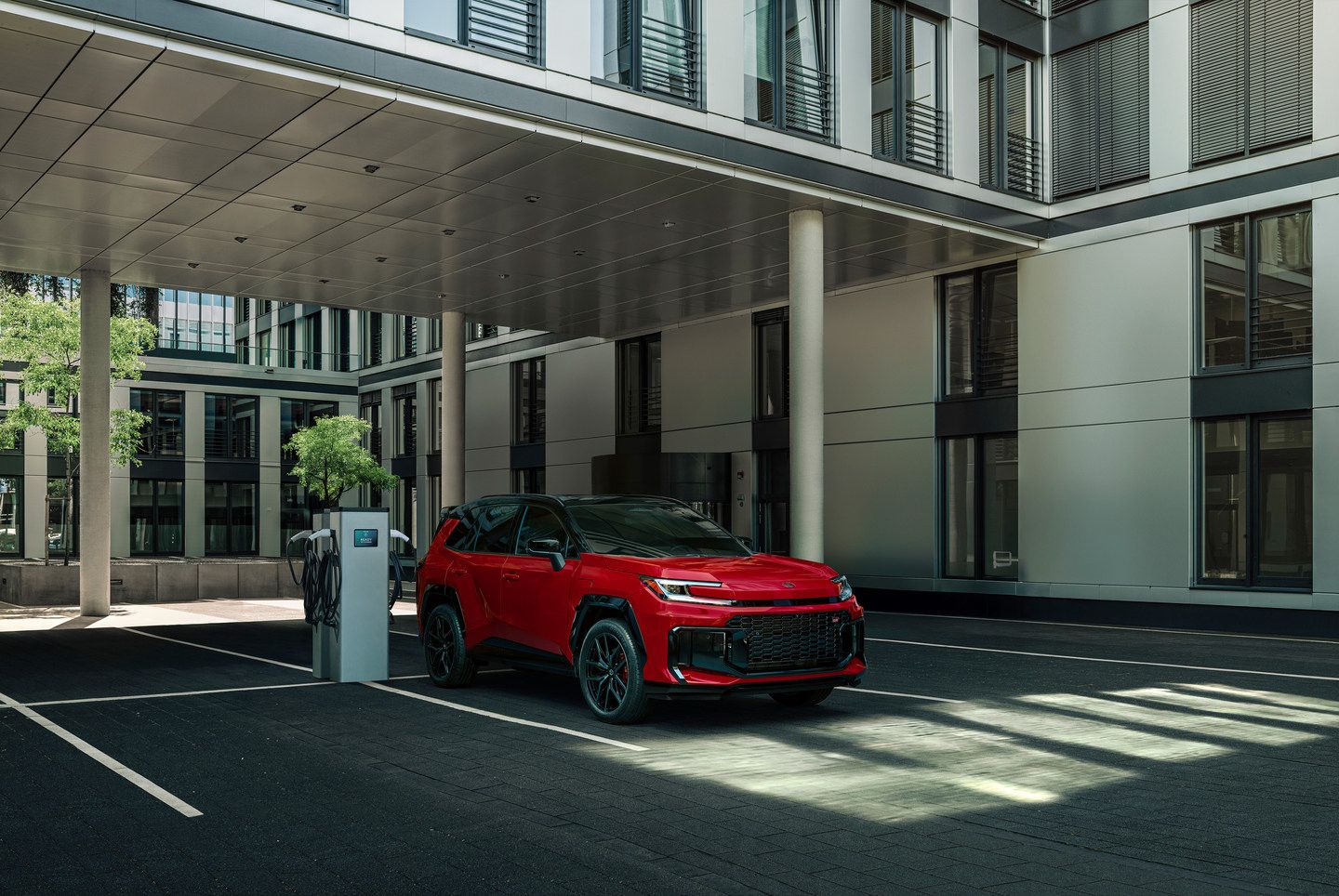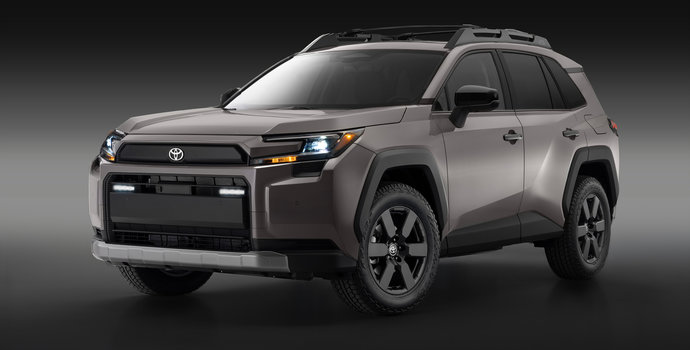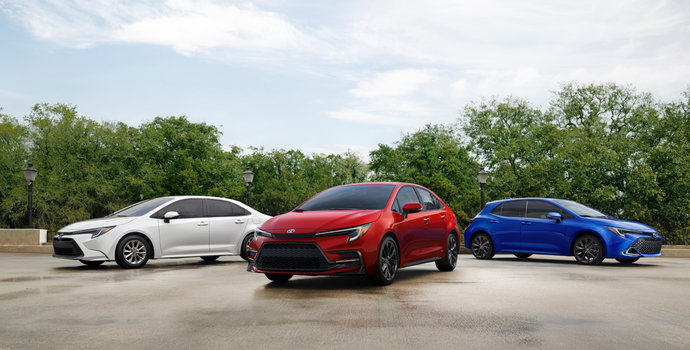Considering a plug-in hybrid electric vehicle but have questions about how they work? You're not alone. Many Ontario drivers are curious about this technology that offers the flexibility of gasoline power with the efficiency of electric driving. From charging basics to real-world ownership, these answers cover the most common questions about Toyota's plug-in hybrid vehicles.
Toyota Plug-in Hybrid
Whether you're looking at the efficient Prius Plug-in Hybrid or the capable RAV4 Plug-in Hybrid, understanding how plug-in hybrids work can help you decide if this technology fits your Oakville driving routine.
View Hybrid New Inventory
1. Do you have to charge a plug-in hybrid vehicle?
Yes, charging is recommended to get the full benefits. Unlike regular hybrids, plug-in hybrids have larger batteries that require external charging to maximize electric driving range. While the vehicle can run on gasoline alone like a traditional hybrid, charging regularly allows you to drive significant distances on electric power, saving fuel and reducing emissions. For many drivers around Oakville, this means completing daily errands and commutes without using any gasoline.
2. How do you charge a plug-in hybrid?
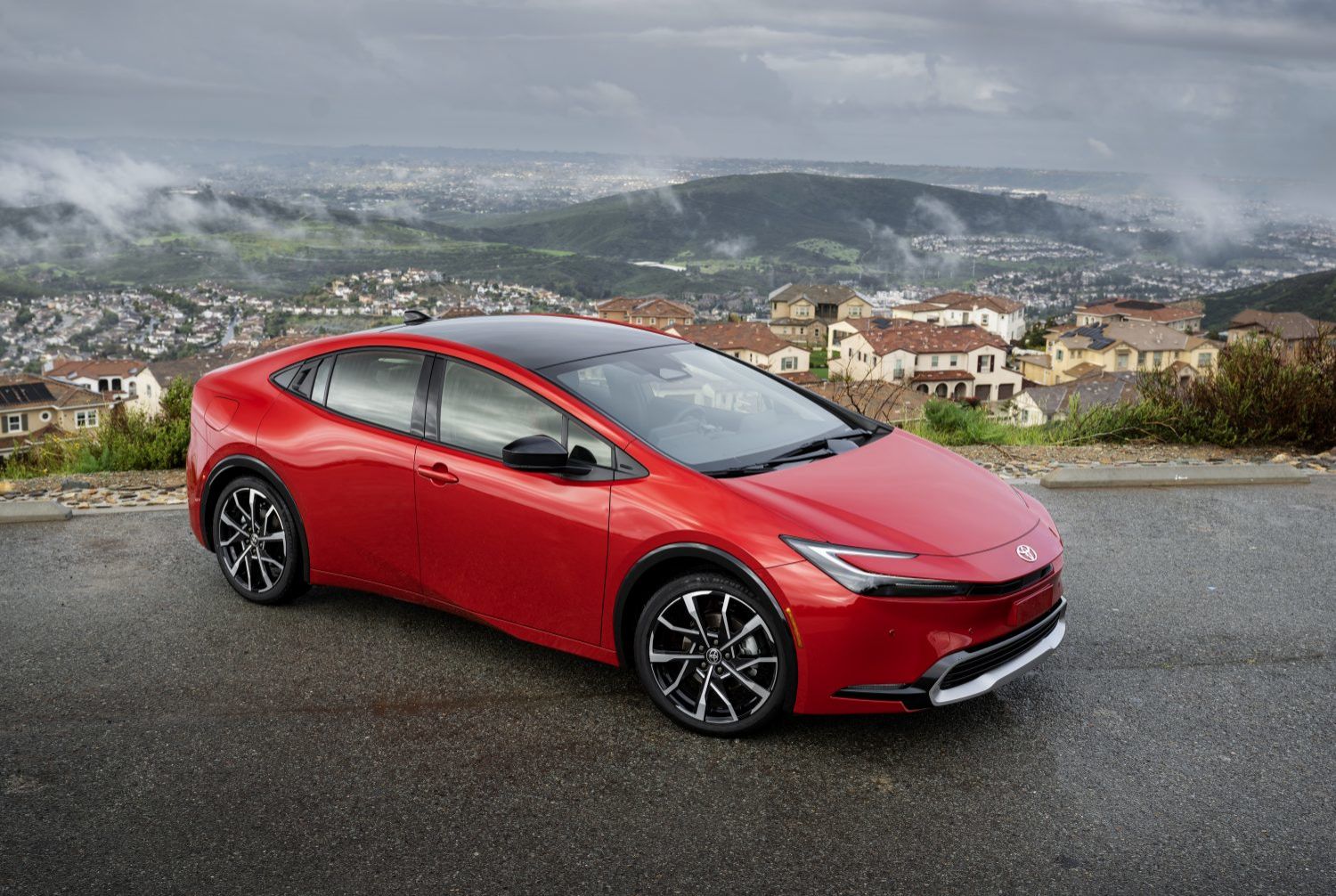
Charging is straightforward with the included Level 1 charging cable that plugs into a regular 120V household outlet. For faster charging, you can install a Level 2 charger (240V) at home or use public charging stations. The process is as simple as plugging in your phone – just connect the charging cable to your vehicle and the power source.
3. How long does it take to charge?
Charging times depend on the power source you use. Level 2 charging is much faster, with the Prius Plug-in Hybrid charging in about four hours and the RAV4 Plug-in Hybrid completing a full charge in approximately 2.5 hours. Level 1 charging using a standard household outlet takes longer but works well for overnight charging when you're not in a hurry.
4. Can you charge at public stations?

Absolutely. Public Level 2 chargers are available in shopping centres, parking lots, and dedicated charging areas throughout Ontario. The Toyota App helps make this convenient by providing a charging station map feature that shows locations near you or along your planned route. You can also check charging status and manage charging schedules through the app.
5. What happens if you don't charge?
The vehicle operates like a regular hybrid, using the gasoline engine and smaller battery for power. You'll still get better fuel economy than a conventional vehicle, but you lose the benefits of electric-only driving and the improved efficiency that comes with a fully charged battery. Think of charging as a way to unlock extra savings and cleaner driving.
6. Is it safe to charge in extreme weather?
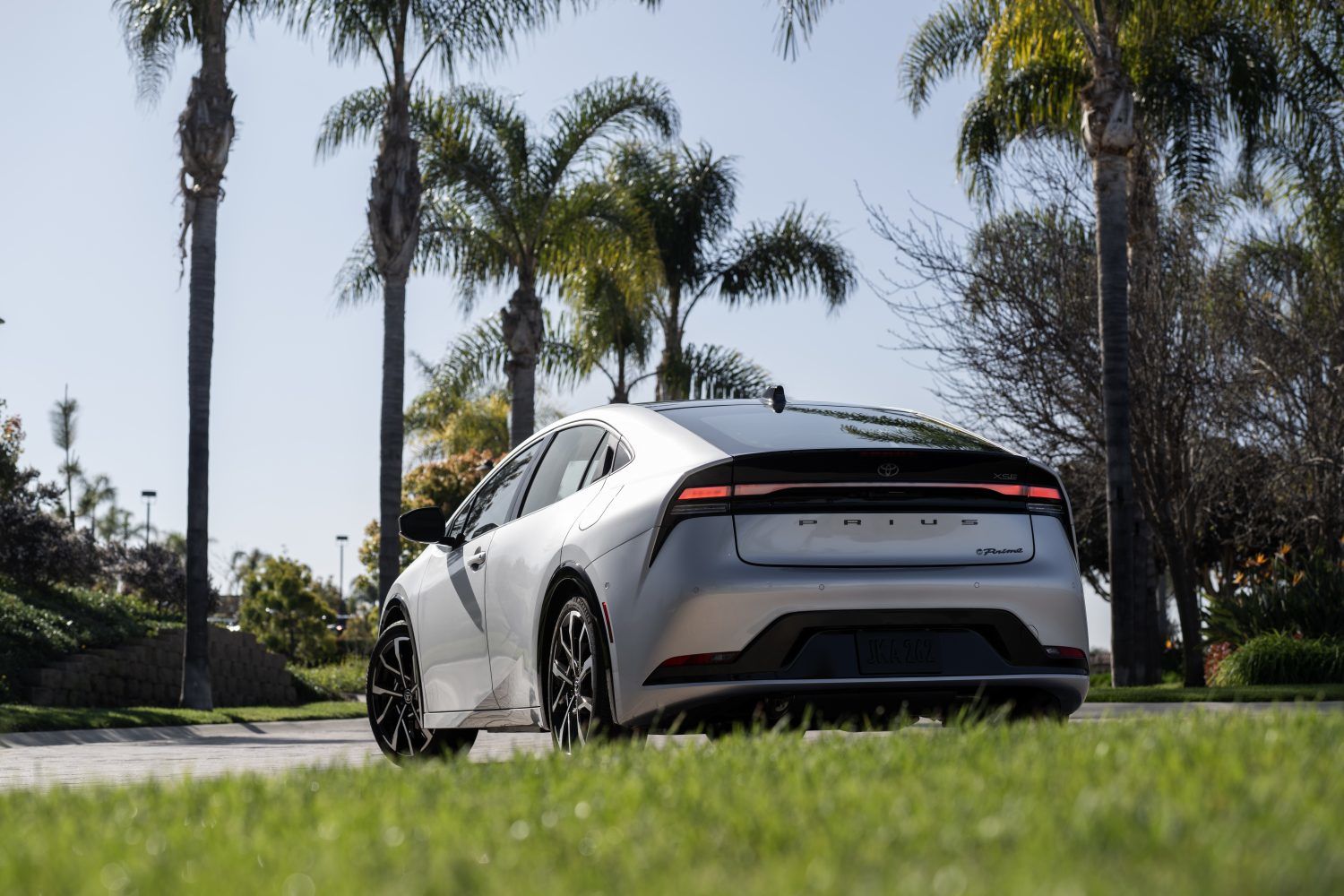
Yes, though charging times can increase in cold weather, especially below freezing. The vehicles are designed to handle Canadian winters, and the battery management systems automatically protect the cells from extreme temperatures. Regular Level 1 or Level 2 charging works well year-round and is gentle on the battery compared to rapid charging methods.
7. Can you overcharge the battery?
No, the vehicle manages charging automatically and stops when the battery reaches full capacity. The built-in charging management system protects the battery from overcharging, so you can leave it plugged in overnight without worry. The system is designed to maintain battery health over many years of use.
8. What does regenerative braking do?
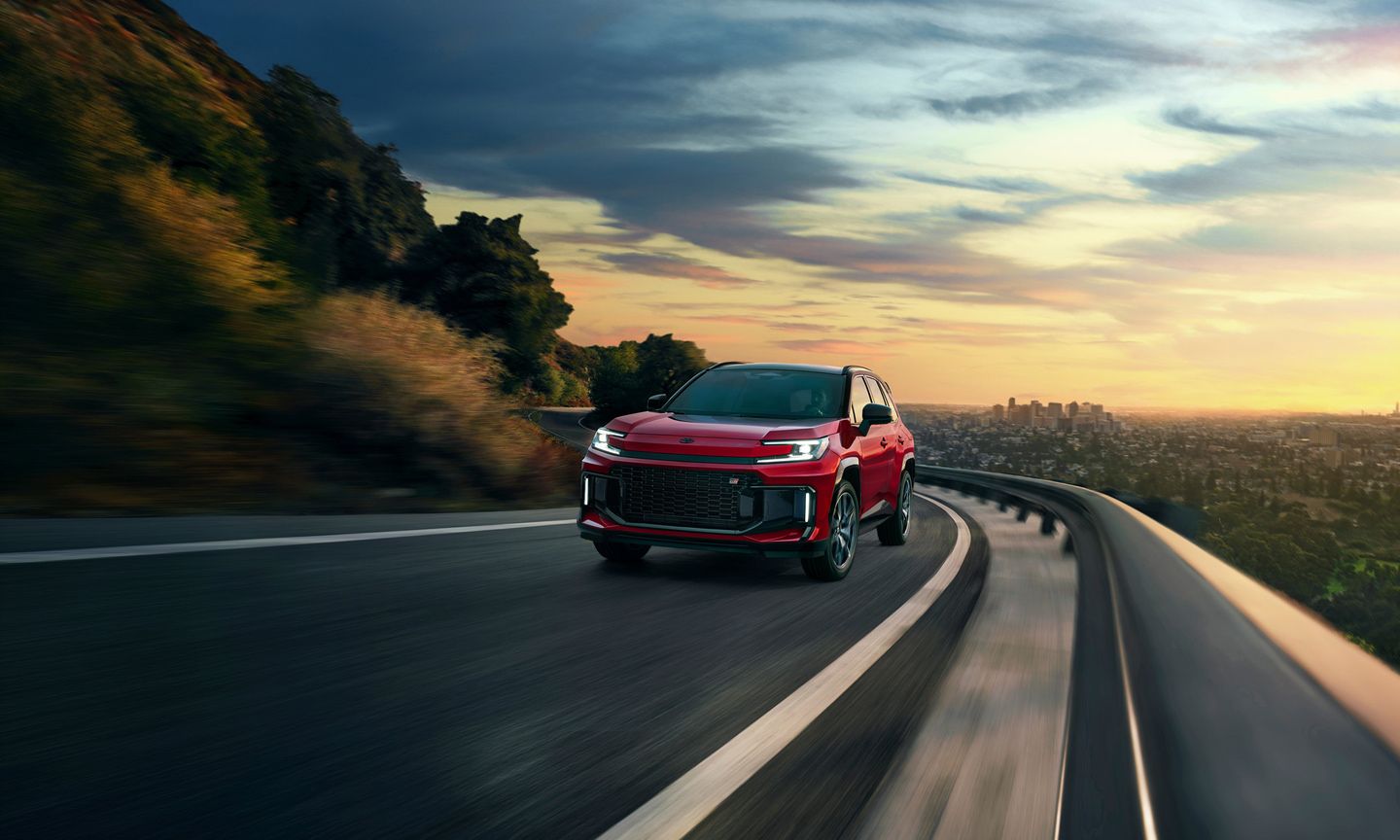
Regenerative braking captures energy that would normally be lost when you slow down and uses it to recharge the battery. This happens automatically while driving and helps extend your electric range without plugging in. It's especially helpful in stop-and-go traffic or when driving through hilly areas around Ontario.
9. Can you drive without ever charging?
Yes, though you'll miss out on the main advantages. The vehicle will operate as an efficient hybrid using gasoline, but you won't experience the zero-emission electric driving or the fuel cost savings that come with regular charging. Most owners find that charging becomes a simple part of their routine.
10. How does charging affect battery life?
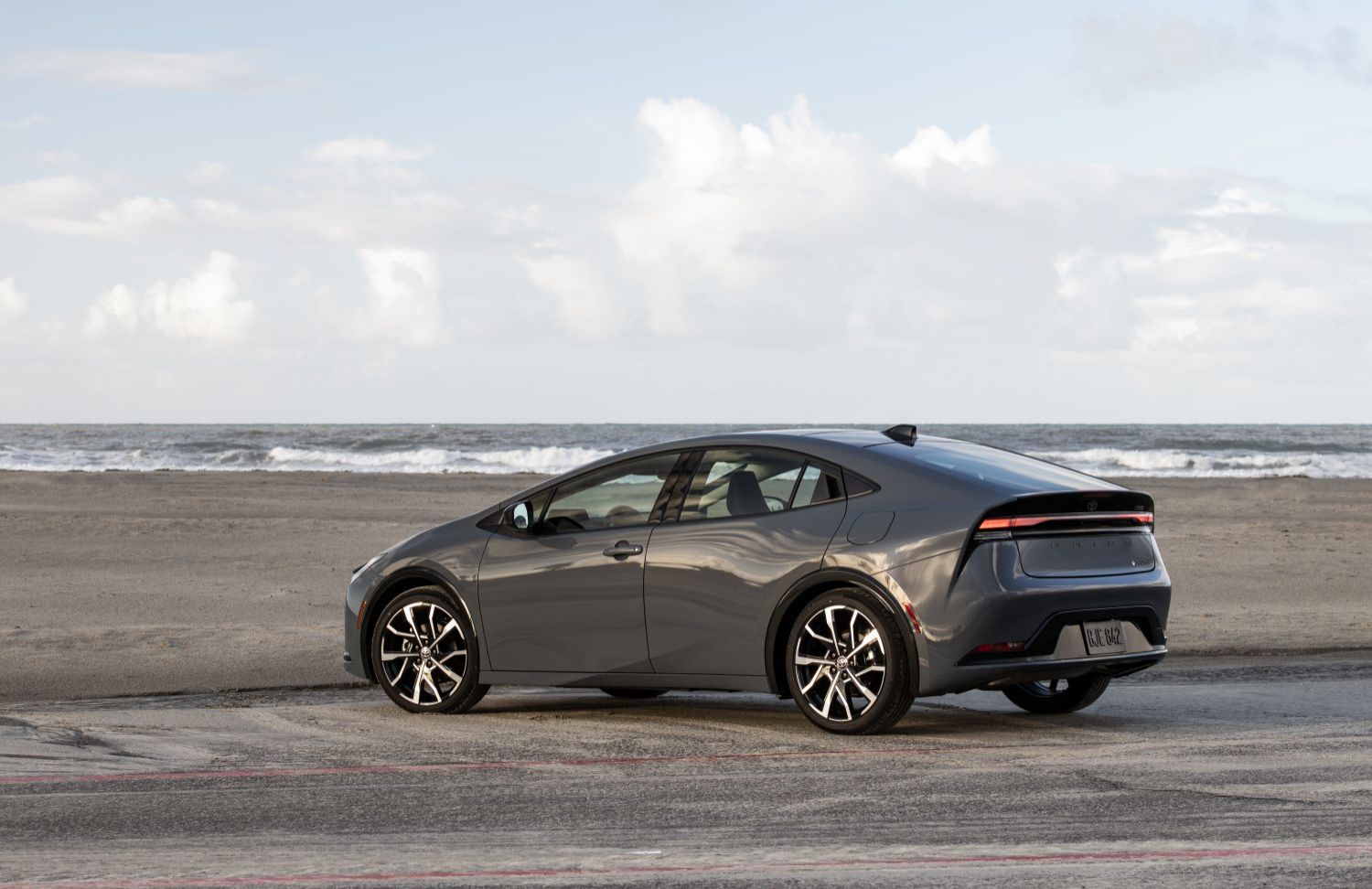
Regular Level 1 or Level 2 charging is gentle on the battery and helps preserve its longevity. The upcoming 2026 RAV4 will offer DC fast charging capability, but frequent use of rapid charging can generate heat that may affect battery life over time. For daily use, home charging provides the best balance of convenience and battery care.
11. How to find charging stations while driving?
The Toyota App makes this easy with its charging station map feature. You can locate nearby stations, plan routes that include charging stops, and even check real-time availability at some locations. The app works with both Prius Plug-in Hybrid and RAV4 Plug-in Hybrid models, making it simple to stay charged while exploring Ontario.
At a Glance: PHEV Charging Essentials
|
Feature
|
Prius Plug-in Hybrid
|
RAV4 Plug-in Hybrid
|
|
Electric Range
|
Up to 72 km
|
Up to 68 km
|
|
Level 2 Charging Time
|
About 4 hours
|
About 2.5 hours
|
|
Can Run Without Charging
|
Yes (hybrid mode)
|
Yes (hybrid mode)
|
|
Public Charging Compatible
|
Yes
|
Yes
|
|
Automatic Charge Management
|
Yes
|
Yes
|
Experience PHEV Technology at Oakville Toyota
Ready to see how plug-in hybrid technology works in real life? Our team at Oakville Toyota can show you the charging process, explain the benefits for your specific driving needs, and help you understand how a PHEV fits into your Ontario lifestyle. Stop by to explore the Prius Plug-in Hybrid and RAV4 Plug-in Hybrid and get your questions answered in person.
You might also be interested in these blogs:

